Skittle set made of bone
Artefact of the month - December 2021
In Karelia, Kainuu and the eastern parts of Lapland, there was a game called bapka, a game of chance played by young and adult men. Bapka is a Karelian-language word meaning the ankle bone of a cow or sheep. The small parts of the bones were handy pieces in a wide variety of games.
A reference to the bapka game can be found in the book Finnish Folk Culture by Ilmar Talve. The book describes the game as resembling Finnish skittles, but with the difference that the skittles are made of bone. For some of the individual skittles in the collection, the main catalogue also indicates that it is a throwing game.
The bapkas function as skittles. A pair of skittles was called njekko. The bat was called bipka. The bipka was heavier than a skittle. Either it was a bone filled with tin or iron, in which case it was called iškoi, or it was entirely cast of iron, in which case it was called tšukunabapka. The front board of the game was called bullu. Bullu means an unsuccessful throw of a skittle bat in Karelian.
Obscure rules
In 1925, student Eino Leskinen preserved 91 pieces from his collection trip to Salmi in Ladoga Karelia. However, student Leskinen did not write down the rules of the game in the artefact information, and the use of the pieces remains obscure. Perhaps Leskinen thought that the rules did not need to be rewritten because they had already been recorded 21 years earlier during a similar collection trip.
In 1904, student Valdemar Lindbohm wrote his observations about how the game was played while on a collection trip to the village of Miinala in Salmi. He took part in youth get-togethers and followed the dances and bapka games at close proximity. He wrote a vivid description of a game night: “The game seems to be played quite a lot in Salmi. Every Sunday evening, when some of the gathered youth dance with light footsteps to the sound of the accordion, others, the menfolk, spend time throwing bibkos.”
A straight road served as a playing field. A log was placed across the road as the back line and a supported board as the forward line for the game area. Pairs of bapkas were set up between the log and board. One pair cost one kopek. A double or triple price could also be agreed for a pair. In this case, the most expensive pairs were put in the front.
The throwing distance depended on the number of skittles. If there were a lot of skittles, the opening throw was made from a longer distance, while a small number of skittles were thrown at from a shorter distance. Each player had as many throws as he had pairs of skittles in the game. The player made all his throws in a row. The player had to move back the width of a foot between each throw. At the end, the cashier paid the agreed amount of kopeks per pair of knocked down skittles.
Value of the stake
Bapka was a game of chance played by young and adult men. One kopek of 1904 is equivalent to about 12 cents in today’s money. From today’s point of view, the stake of one pair of bapkas, one kopek, seems like a small sum.
Converted into marks in use at the time, it would have been worth 2.6 penni. A sawmill workman’s hourly wage was about 32 penni. The workman could have got 12 pairs of bapkas in the game with his hourly pay. That meant that he needed to be a good bipka thrower in order not to lose all his money in the bapka game.
Nina Repo
Sources:
Ethnological collection of objects, verification number 27, 1904. Valdemar Lindbohm, list of objects collected from the parish of Salmi in East Karelia.
Karelian Dictionary, Institute for the Languages of Finland:
Suomen taloushistoria 3, historiallinen tilasto. 1983. Helsinki.
Talve Ilmar 1990. Finnish Folk Culture. Finnish Literature Society, p. 314. Helsinki.



-
2024
-
2023
-
2022
-
2021
-
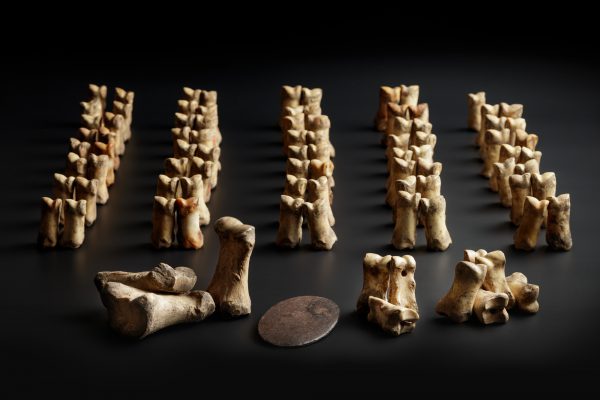 Skittle set made of bone
Skittle set made of bone
-
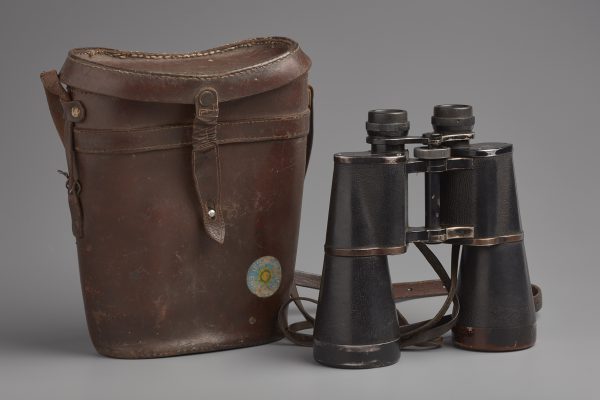 Equipment of ornithologist Pentti Linkola – binoculars and a notebook
Equipment of ornithologist Pentti Linkola – binoculars and a notebook
-
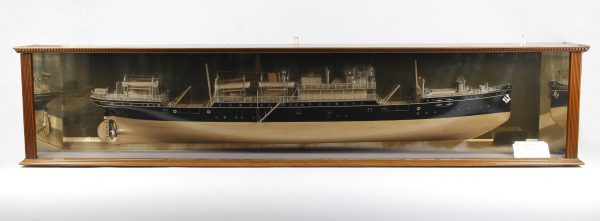 Scale model of the S/S Arcturus
Scale model of the S/S Arcturus
-
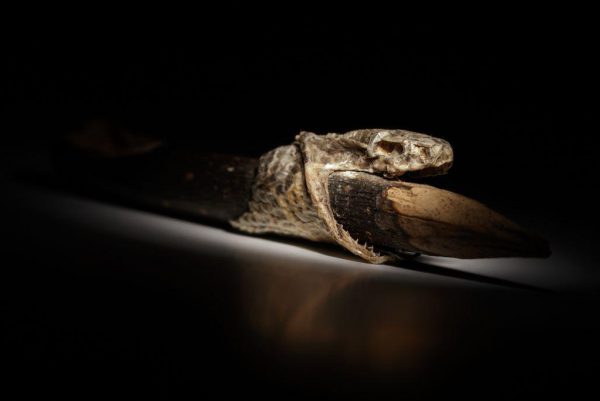 The mighty snake
The mighty snake
-
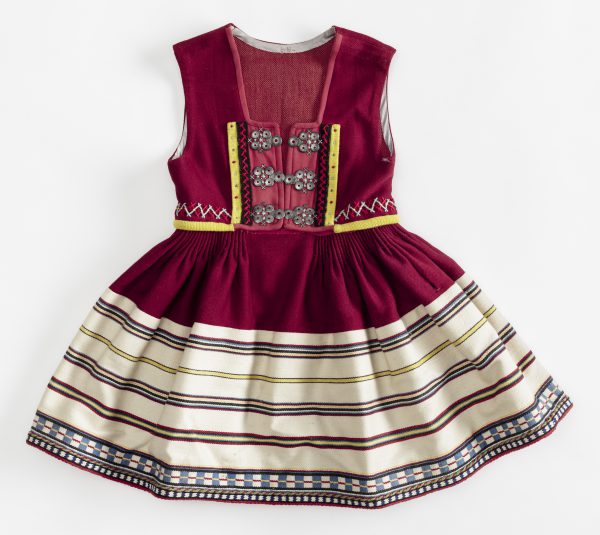 Child’s national costume – for free Estonia
Child’s national costume – for free Estonia
-
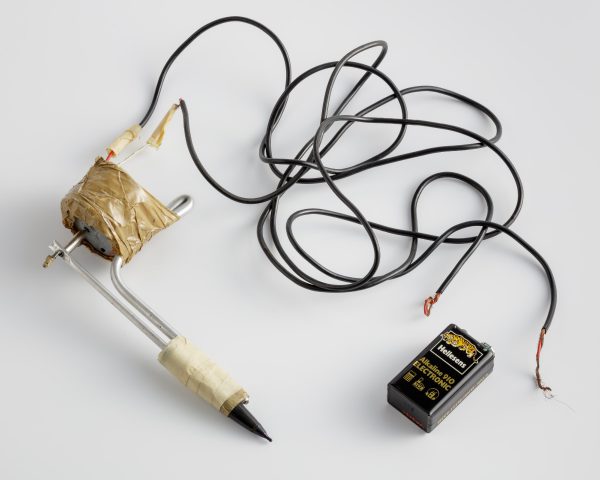 A tattoo machine
A tattoo machine
-
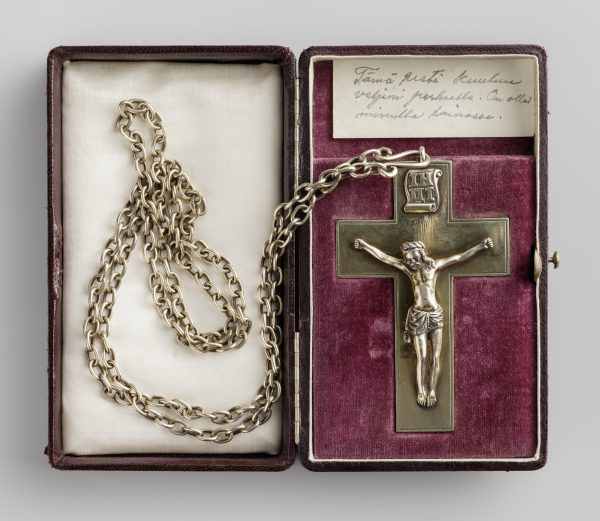 Juho Saarinen’s pectoral cross
Juho Saarinen’s pectoral cross
-
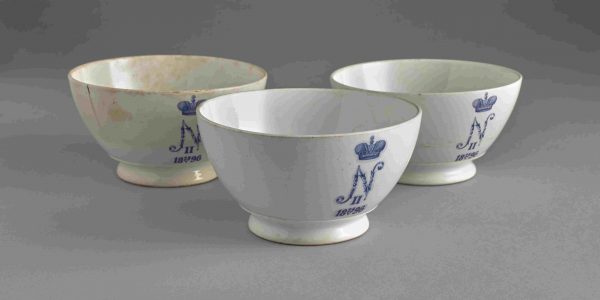 Coronation bowls
Coronation bowls
-
 A hundred years ago – flapper fashion in the 1920s
A hundred years ago – flapper fashion in the 1920s
-
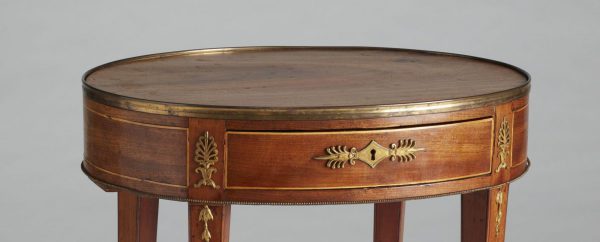 A table from The Friends of the National Museum of Finland
A table from The Friends of the National Museum of Finland
-
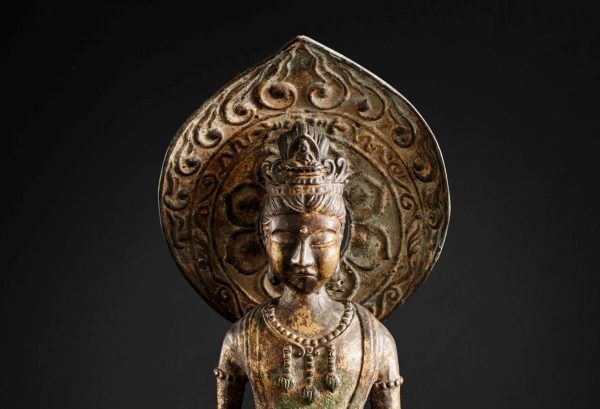 Sculpture of Bodhisattva
Sculpture of Bodhisattva
-
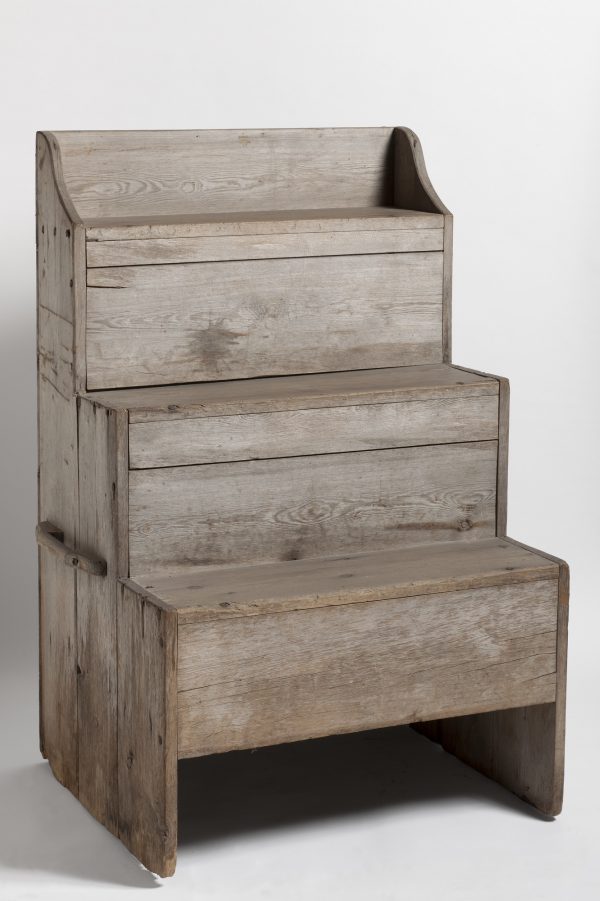 The stool of repentance from Vihanti Church
The stool of repentance from Vihanti Church
-
-
2020
-
2019
-
2018